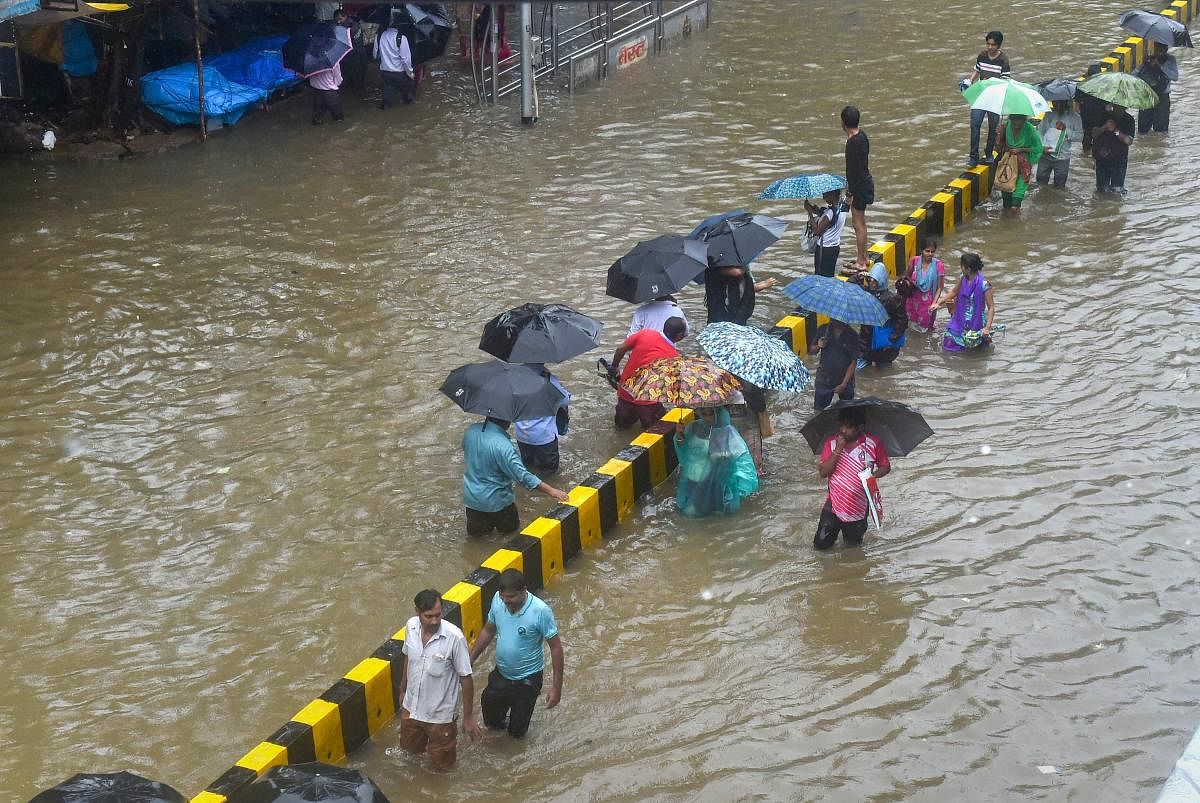
When the southwest monsoon has retreated from the Indian subcontinent, it is clear that the Indian Meteorological Department’s (IMD) prediction about it has been way off target. The department had predicted that the monsoon would be normal, with the countrywide rainfall at 97% of the long-term average. But the June-September period ended with a 9.4% deficiency which put the country in the below normal zone. A 9% difference is huge in terms of rainfall — at 10% shortfall, it would make it a drought situation. Luckily, the overall deficiency did not cause much harm to agriculture because in the main farming states in the northwest, the monsoon was not deficient. The region and many other parts of the country where farming is important saw normal rainfall and that saved agriculture. There was more kharif sowing and the output is expected to exceed last year’s output. Yet, many parts of the country may have to worry about drinking water.
The northeast and the east received only 75% rainfall though the IMD prediction was 93%. The temporal distribution became increasingly awry as the season progressed. The shortfall was 5% in June, 6% in July, 8% in August and 24% in September, cumulatively amounting to a 9.4% shortfall. The national average does not really matter in practical terms. It is the accuracy of territorial and temporal distribution of rain that actually counts. The IMD says its expectation of an evolving El Nino activity in September went wrong because of some reasons and that is why it got the September shortfall so wrong. These retrospective explanations do not help. To be useful to farmers, administrators, businesses and others, pre-monsoon predictions have to be correct. The monsoon is the country’s most important weather system and event. That makes early predictions about its duration, distribution and intensity important.
While the country’s official weather forecaster was way off the mark, private weather forecaster Skymet was more accurate. The IMD predicted 97% of the long-term average in April and reaffirmed it in May. Skymet predicted 100% normal rainfall in April but later revised it to 92%, which turned out to be more correct. If a private entity can do it, why can’t the IMD, which has much more resources, do better than what it does year after year? The IMD has to improve its skills, technology and tools to make better predictions at the district and still lower levels. It has predicted excessive rainfall during the northeast monsoon, which is to set in soon. It is important for Tamil Nadu, Andhra Pradesh and parts of Karnataka, including Bengaluru. But we must keep our fingers crossed.